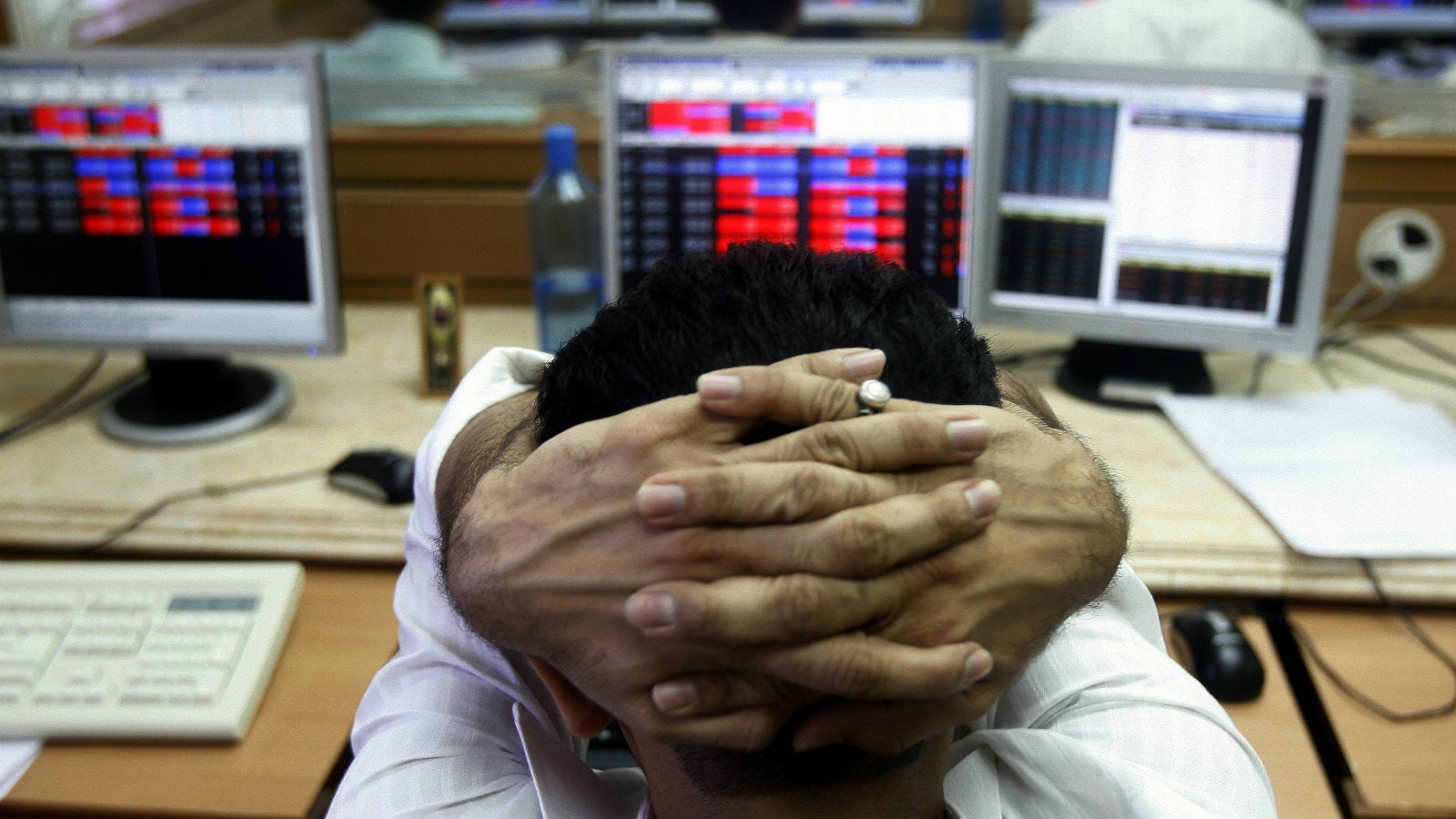Raghuram Rajan’s exit won’t rattle India’s stock markets—except for the knee-jerk reaction
The weekend email by Indian central bank governor Raghuram Rajan to colleagues, conveying with a sense of finality his intention not to seek a second term at the Reserve Bank of India (RBI), sent shock waves in the stock market fraternity.


The weekend email by Indian central bank governor Raghuram Rajan to colleagues, conveying with a sense of finality his intention not to seek a second term at the Reserve Bank of India (RBI), sent shock waves in the stock market fraternity.
Although not entirely unexpected, as the cross-currents in the recent past were suggesting an exit for Rajan, markets continued to carry a flicker of hope that there could be a compromise. Thus, this email was a bolt from the blue, especially when another event like Brexit looms large.
The only saving grace seems that market men had the weekend to digest the development, which otherwise could have led to a crash.
The misses
A section of the market is happy that Rajan will be leaving in September. This group argues that his policies were not suitable for the Indian economy. That’s also the claim made by Subramanian Swamy, a Bharatiya Janata Party (BJP) member of parliament, who has lately targeted the RBI governor.
Some economists have even suggested that his monetary policy statements were ambiguous and the market would not believe that he would continue his rate cut trajectory. This led to limited transmission—transferring the benefit of lower rates to final consumers—of the 150 basis point rate cut he delivered in the last 18 months.
The key task at hand—the bad loan mess—that the Indian banking system was facing was dealt with three different policies, all of which have had limited impact.
The first was the 5/25 scheme, then the strategic debt restructuring (SDR), and finally the scheme for sustainable structuring of stressed assets (S4A). The “clean up” of banks’ books shook the markets. Although this may be beneficial in the longer run, public sector banks were the hardest hit in terms of profitability and stock price.
His inflation-based monetary setting, wherein his targeted inflation is 5%, was also deemed unfit in the Indian context.
The hits
Now, coming to his achievements in the past three years. First and foremost, consumer inflation dropped from 9.5% in 2013 to 5.24% in April 2016. This was partly due to a drop in global commodity prices.
Nonetheless, his contribution should be acknowledged for having balanced growth and inflation.
Second, on the rupee and forex reserves front, the Indian currency had crashed from Rs60 a US dollar to Rs69 a dollar on the eve of his appointment. He helped keep the currency in check by triggering inflows when he introduced the fixed rate swap for dollar-denominated deposits of the non-resident Indians. Also, forex reserves increased sharply from $249 billion in Sept. 2013 to $360 billion by April 2016.
Third, the work he has done on the bank licences front cannot be overlooked.
The result
Rajan is popular with foreign institutional investors (FIIs) because he is viewed as credible and with a reputation of a tough and independent governor. Most corporate honchos, too, seem to favour an extension. Hence, the stock markets are likely to see a knee-jerk reaction initially.
However, nobody is indispensable, and there is a long list of those who could fill his shoes. With the rate-setting committee to be soon in place, the new governor will only have one in six votes.
So, Rajan may go down in history as the last RBI governor who could act independently of the establishment. The new governor may fall in line with the government’s expectation to fast-track rate cuts in order to kickstart the economy.
Only time will tell whether this strategy would work in the longer term, but it will surely boost market sentiments in the medium term after a reflex reaction to Rajan’s exit.
We welcome your comments at [email protected].